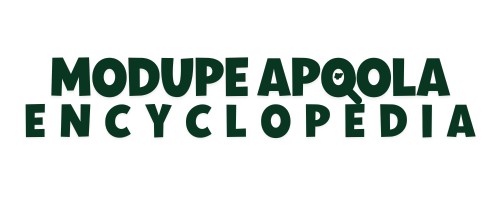
Money history in Nigeria predates the colonial era and most of the forms of money met the modern criteria for ‘legal tender’, namely scarcity, intrinsic value, and portability. They came in the form of the Manilla, cowry shells, metal pieces and coins, cloth money, and salt cones. They were in different forms/currencies and could be classified as higher tier and lower tier currencies. An example of the higher tier money was the manilla and of lower tier was the cowry. We will begin with the most wide-spread form, the cowry.
The cowry was used extensively within Nigeria during the slave-trade era. It was small, durable, almost impossible to perpetrate forgeries with, and had a stable value system. During the decline of the slave trade era it was used for export trade with exporters receiving them in payment for palm oil. The cowry existed in denominational measures: forty cowries equal one string, fifty strings is one head, and ten heads is a bag.
The time that the cowry was first used in Nigeria is not yet ascertained, but in the 17th century Oyo Empire, it was observed to be well in use before it was noticed by explorers. About two centuries later, Lagos, the commercial capital of Nigeria, had taken up the use of the cowry and had already discovered sophisticated ways to bridge the value of cowries with the value of the British pound by inventing a new system of measurement: sixteen thousand units equalling £2.
From the use of Nigerian indigenous money evolved the capital and the foreign exchange market. To be more specific, it was the nature of the currency that allowed for an indigenous Savings and Capital institution to be born. Loans were easily facilitated via associations like the native Esusu societies (originally called Isusu) and the these societies were of such a convenient nature that they were found to be prominent al in the Western Nigeria region. They were easily formed by members of the same trade or market, all were debited and all were placed on a cycle of receiving the agreed lump sum until it had gone round. It was then up to the members to disband or to go at it again. No forms to fill or other similar formalities. It is interesting to note that such societies still exist on modern-day Nigeria, irrespective the industry the individuals find themselves, and it usually consists of co-workers.in the foreign exchange market, Lagos-based merchants took on the challenge of bridging the gap between native money and foreign money by inventing a means of measurement that tallied the most common form of currency (the cowry) with the most popular foreign currency (the British pound). According to research, the equivalency or exchange rate came to 16,000 cowry shells for £2. One be misled however by the small figure in pounds as there was a British money system in place back then that put the’£’ above at least 3 tiers of British money. Not to leave out the other foreign currencies in use within Lagos at the time, there was also the Spanish and the American dollar.
Since then Nigeria had to accede to colonial policies and adopt the british pound as legal tender. On gaining independence, Nigeria still held on to the pound system and traded with the ‘Nigerian pound’. Ironically it was during the last stages of the Nigerian Civil war that the Nigerian pound was replaced with the Naira denomination, which is still in use today. With changes in form, increases in denomination size and advancements in polymer designs F(first introduced in February 28th, 2007)for lower denominations, the Naira has remained the currency acceptable for trade within Nigeria.
